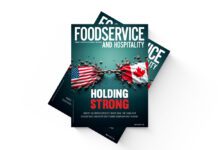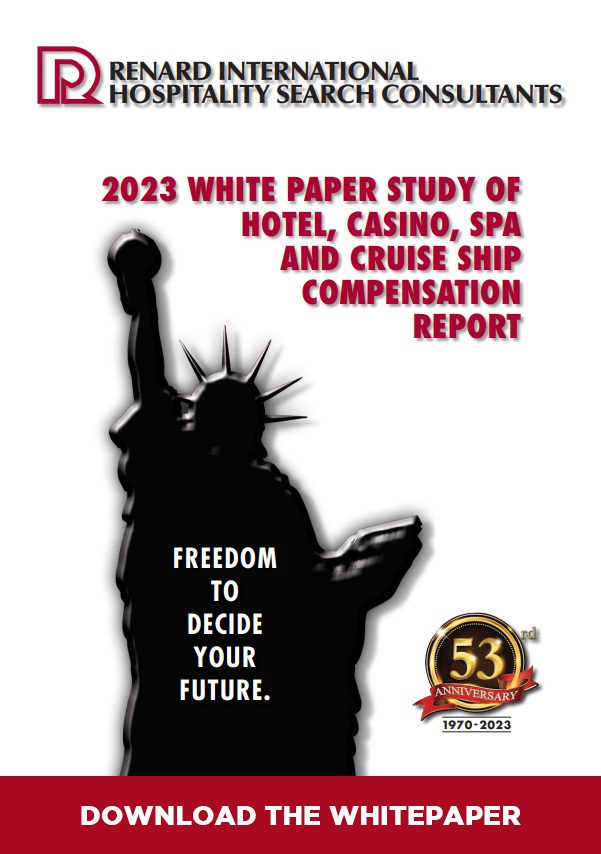TORONTO — In a recent webinar hosted by Restaurants Canada, industry experts and economists discussed the impacts of tariffs on Canada’s economy and foodservice sector. From the re-negotiation of the Canada-U.S.-Mexico Free Trade Agreement (CUSMA) to potential tariff threats from the incoming Trump administration, the panellists provided crucial insights and strategies for businesses preparing for the challenges ahead.
Chris Elliott, chief economist and vice-president of Research at Restaurants Canada, began with an overview of trade’s pivotal role in Canada’s economy. “Exports account for about 34 per cent of Canada’s GDP, and one in six jobs in Canada is linked to exports,” he explained. “With $3.6 billion worth of goods crossing the U.S.-Canada border daily, any disruption to this flow would have serious repercussions for the Canadian economy.
Elliott re-visited the timeline of steel and aluminum tariffs during the first Trump administration, highlighting their devastating impacts. “Steel exports to the U.S. were cut in half,” he said, adding that the broader economic impact, though smaller in scale, still resulted in a GDP decline of approximately 0.2 per cent.
With new tariff threats looming, Elliott modelled potential outcomes. “Under a worst-case scenario of a 25 per cent tariff across all exports, Canada’s GDP could contract by 5.6 per cent, with unemployment spiking to nearly 10 per cent,” he warned, adding such tariffs could also weaken the Canadian dollar, driving up costs for imported goods — a double blow for the foodservice sector reliant on cross-border trade.
Despite the dire predictions, Elliott offered a glimmer of hope. “There is an off-ramp,” he said, referencing a 50-day window for negotiations before tariffs might be implemented. He emphasized the importance of proactive collaboration between Canadian and U.S. officials to mitigate potential damage.
Providing context on the motivations behind U.S. trade policies, Ann Penner, director of Trade Practice at Wellington Advocacy, explained the “America-First” strategy. “The core goal is to re-build American production and manufacturing capacity, protect American workers and eliminate trade deficits,” she said. Penner pointed out that while these policies aim to bolster the U.S. economy, they often come at the expense of trading partners such as Canada.
She urged Canadian stakeholders to focus on transforming the agenda into a “North America First” strategy. “Canada must emphasize its strategic value in securing borders and contributing to the broader North American economy.”
Penner then outlined actionable steps for Canadian businesses to prepare for potential tariff impacts. “Work closely with U.S. partners to highlight the mutual harm tariffs would inflict,” she recommended, adding that businesses should review supply-chain contracts and explore alternative sourcing options.
Chad Moutray, vice-president of Research and Knowledge at the National Restaurant Association, echoed these sentiments. He detailed the pressures already facing U.S. restaurant operators, including labour and food-cost increases of more than 30 per cent. “Additional tariff-related costs would only exacerbate these challenges.”
Moutray also highlighted Canada’s importance to U.S. tourism and restaurant spending. “Canadian visitors are the largest group of international tourists to the U.S.,” he said. “Maintaining strong cross-border relations is essential for both economies.”
The panel concluded with a call for co-ordinated advocacy and strategic planning. “Tariffs are not just economic barriers; they’re geopolitical tools,” Penner said, adding that understanding this broader context is crucial for Canadian businesses to navigate the uncertainties ahead.


















